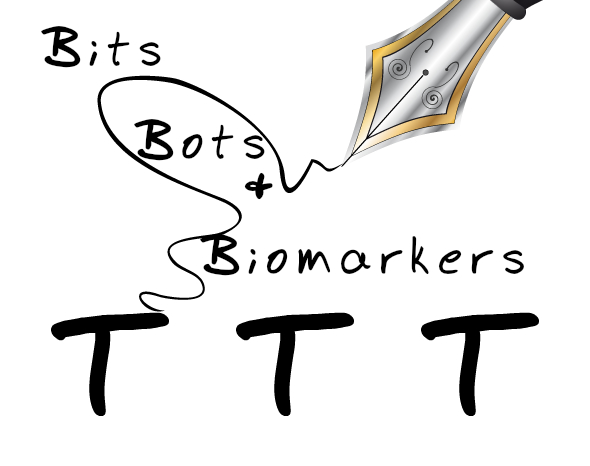 3 Questions. 3 Hints. 3 Answers.
3 Questions. 3 Hints. 3 Answers.
November 22, 2016
1. What case establishes that just because DNA indicates a potential threat, doesn’t mean it’s a direct threat?
Hint:

Answer: in a lawsuit brought by parents of a Palo Alto Unified District student who although is at risk for potentially developing cystic fibrosis (CF) does not currently express symptoms of the disease, the Ninth Circuit Court of Appeals recently remanded for review allegations that the student was discriminated against under the Americans With Disabilities Act and the Rehabilitation Act. The student was asked to leave his school because its administrators mistakenly believed he would be a threat to two other students who have CF — cross-contamination being a real health concern for CF patients. It is unclear whether the student is a merely carrier with one copy of the CF gene mutation or whether he has two copies but is asymptomatic. Only when the disease expresses is there a risk to others. The Court of Appeals noted that the lower court’s conclusion that a “direct threat” existed was not supported by the facts. Read more here.
2.What country is using a bait, cut and switch approach to defeat cancer in humans?
Hint:

Answer: Chinese scientists were the first to extract, edit, multiply and reinsert genetically modified cells into a human being using CRSPR Cas9, the revolutionary gene-editing tool. In that case, a particular gene was silenced to suppress the function of a protein involved in promoting the growth of metastatic non-small-cell lung cancer. Somatic cell gene therapy is less controversial than germline gene therapy because it affects only the patient undergoing treatment as opposed to ongoing generations. Nonetheless, there are still issues such as ‘off-target’ edits — where unintended parts of DNA are affected and, potentially, the immune system’s rejection of the edited cells. Read the details here.
3. How is augmented reality minimizing big problems?
Hint: Answer: when there isn’t enough man power or an expert can’t physically be on the scene, augmented reality is the fix. Crime scene augmented reality allows those on the scene to digitally project the area in question to other investigators or experts who can then advise and weigh in on the scene and related investigation. It’s a team effort with both sides receiving information from the other. The system also makes for a less chaotic and disturbed crime scene. Read the story here.
Answer: when there isn’t enough man power or an expert can’t physically be on the scene, augmented reality is the fix. Crime scene augmented reality allows those on the scene to digitally project the area in question to other investigators or experts who can then advise and weigh in on the scene and related investigation. It’s a team effort with both sides receiving information from the other. The system also makes for a less chaotic and disturbed crime scene. Read the story here.















